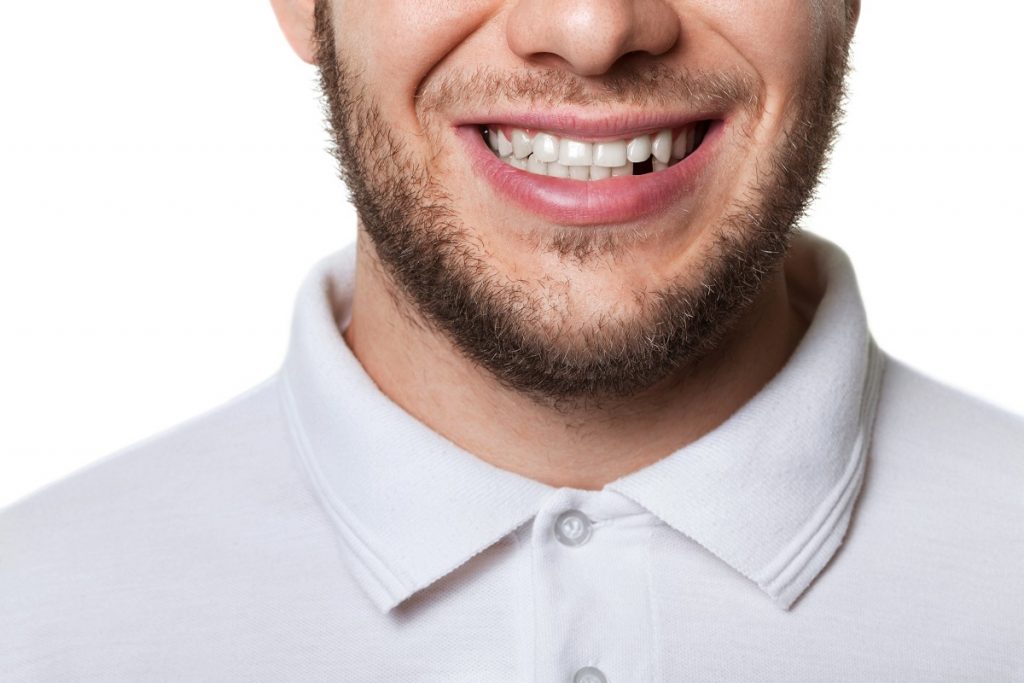Everybody has hair in multiple parts of their body, even on the face. Most of the time, facial hair isn’t visible, but they are for some people. This is completely normal and has something most likely to do with hormones. Some people don’t mind their facial hair, while others prefer to remove them. Every choice is valid. The most important thing is how these hair removal methods are performed and how they affect the skin.
An easy hair removal method, especially for facial hair, is shaving. Here are some must-knows of this hair removal method before diving into shaving facial hair.
Should You Shave Your Face?
Some don’t like their peach fuzz, and that’s okay. Biological factors, such as excess production of testosterone, cause some women to develop more body or facial hair than others. Fortunately, there is more than one way to get rid of facial hair in women. When it comes to facial hair, the most common route is shaving.
But doesn’t shaving cause thicker regrowth? That’s not necessarily so. Shaving doesn’t guarantee that the thickness, color, and growth rate are going to change. However, the tip of the hair where the top layer of hair was shaved may grow and appear coarse for a time. It may look thicker, but this isn’t something to be alarmed about. It just appears darker and thicker, but in reality, it isn’t.
The Advantages of Shaving
Besides the obvious perk of having a smooth, hairless face, a shaved face makes for a good makeup canvas. It helps in the application of makeup and helps the skin absorb more of the product. Aside from makeup, creams, moisturizers, oils, and other skincare products can be better absorbed by the skin.
How to Shave Your Face
Many of us are familiar with the process of shaving. But shaving on your face, especially for the first time, can be daunting. One can choose to learn from multiple sources, whether through online videos or professionals who attended beauty institutions. But generally, here’s how you do it.
The first step is to wash your skin so that it’s clean. Don’t forget to dry it before applying shaving cream or gel to aid the razor. This makes the razor glide easier, preventing skin irritation, cuts, and nicks. Although just about any type of razor will do, it’s recommended to use a facial razor. This type of razor is made specifically for the purpose of facial shaving, and there are various choices available on the market.
As you shave, follow the direction of hair growth. With one hand, hold your skin taut as you do light strokes. Remember to rinse the razor after every stroke to get rid of any hair stuck in the razor. After one to three days, repeat this process. Don’t forget to moisturize after each session to help your skin regain some moisture.

Extra Pointers
To help set the skin in good condition for shaving, here are some essential skin care steps that you shouldn’t miss:
-
Exfoliate Regularly
Whether facial shaving is a regular thing or not, exfoliation is a bare minimum in skincare. It helps get rid of dead skin before and after the shave. It reduces the debris that can meet the razor, enabling a closer shave. In general, it’s a good practice to do.
If exfoliating isn’t part of the skincare routine, shaving can cause red bumps or ingrown hair. Shave with a singe-blade razor so that the blade doesn’t cut the hair at a deeper point.
-
Moisturize Every Day and After Shaving
Another good practice that is basic in every type of skincare routine is moisturizer. It’s normal for shaving to cause some itchiness and dryness on the skin, and that’s something to avoid. Other than the general discomfort a person can feel, dryness is harmful to the skin, especially the one on your face. The skin on your face also sheds cells more rapidly than any part of the body, and moisture aids in its repair.
-
Don’t Use a Dull Razor
A common mistake many people make is continuing to use their old, dull razor. Using one can cause cuts and skin irritation. In addition, rust and dirt might be let in by cuts and cause infection. Be wary of folliculitis, which is often caused by tugging and cutting can cause inflammation in hair follicles. This is why it’s always best to use a clean razor and replace it when necessary.
Moreover, improper shaving techniques, such as dry shaving, can cause razor burn. Apply shaving cream, oil, or gel first. Symptoms of razor burn include itchiness, redness, swelling, tenderness, a burning sensation, and small red bumps.
Although facial shaving has many perks and is easy to do, it is a beauty choice that’s entirely up to a person. Peach fuzz or not, skin is what it is: an essential barrier of protection for the body. Its beautification, in whatever way, should never be imposed by anyone. As long as a person takes care of their skin, beauty is defined and practiced in any way they deem is correct, including shaving.

